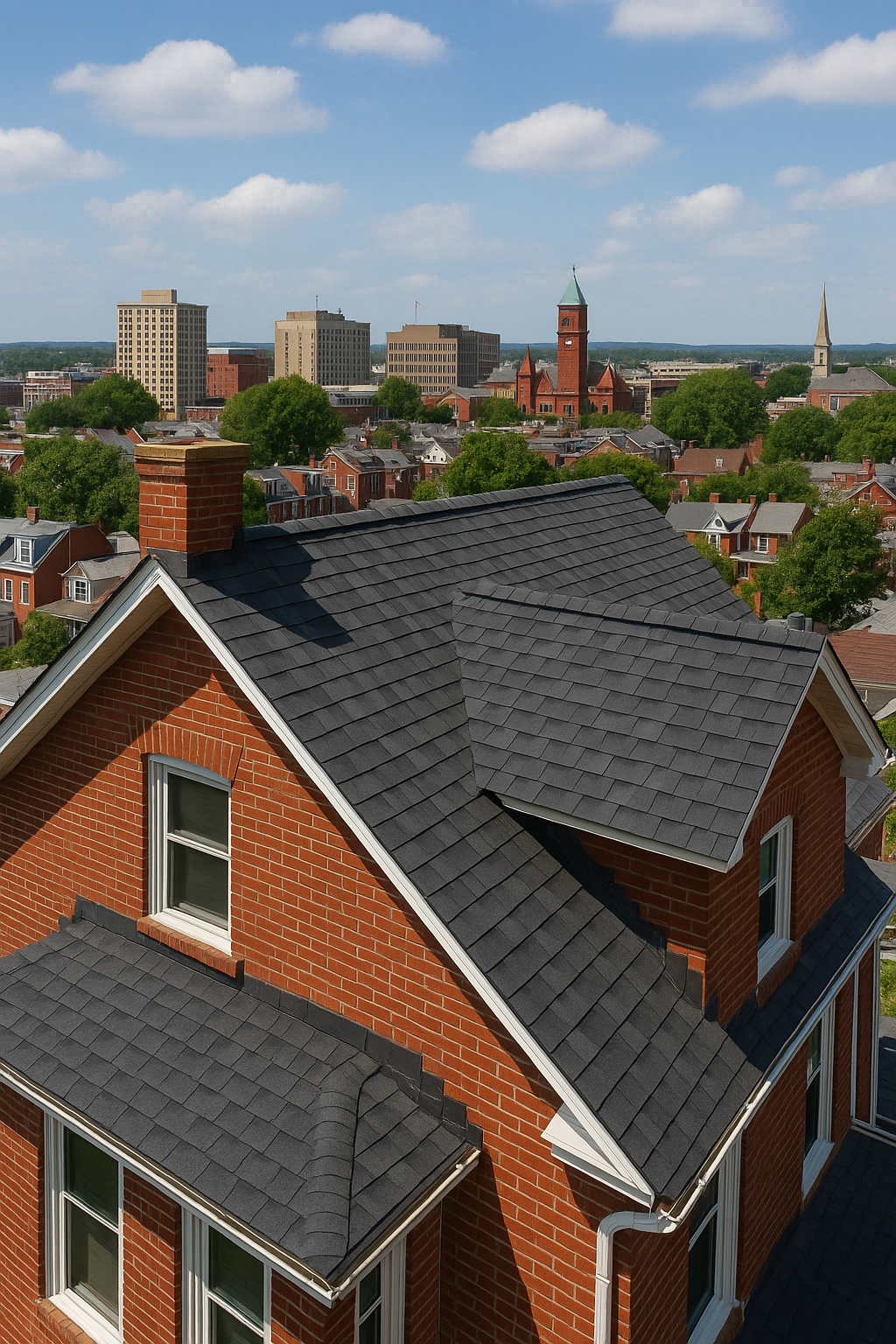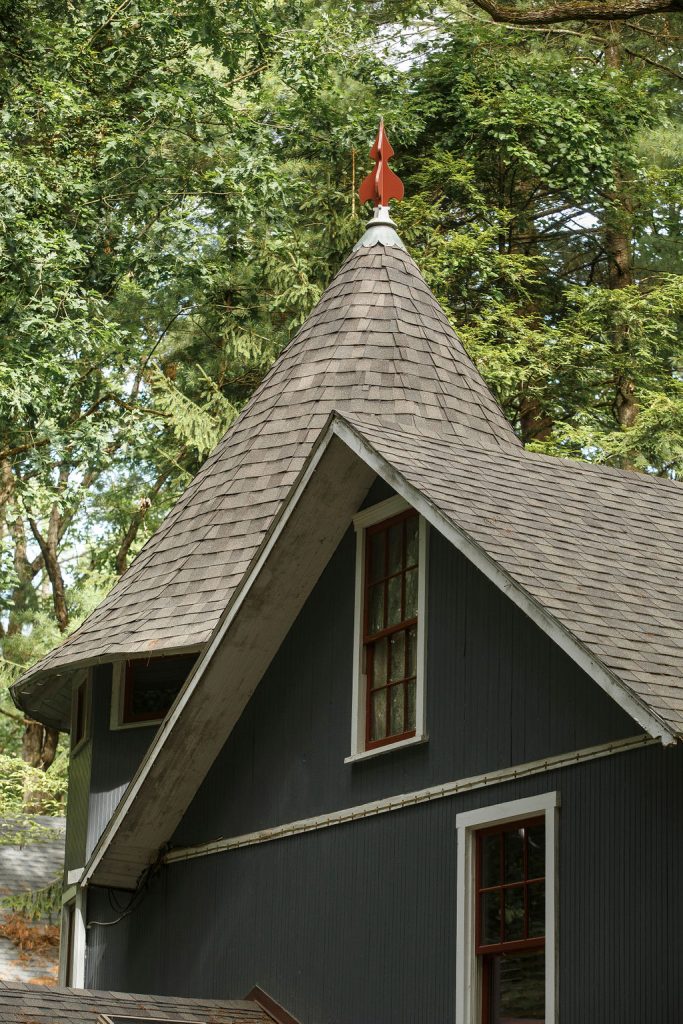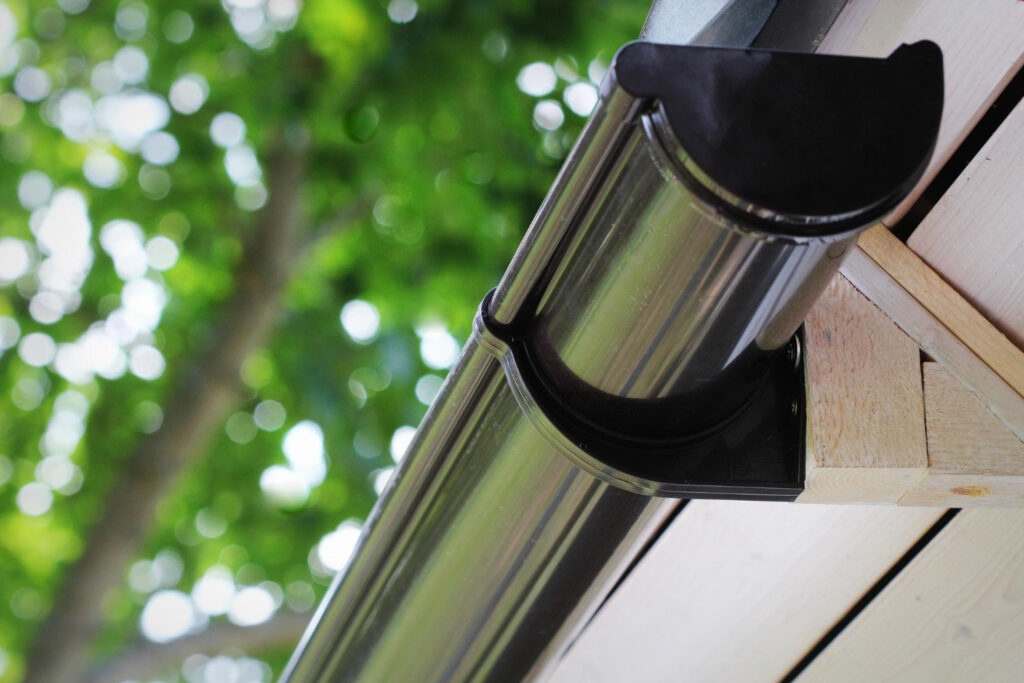At Brubaker Roofing, we’ve learned that your roof and attic insulation aren’t separate systems; they’re partners that must work together to protect your Lancaster home effectively. Over our three decades in business, we’ve seen how poor insulation can destroy even the best roofing materials, while proper insulation can extend your roof’s life significantly.
Many homeowners focus on visible roofing problems like missing shingles or leaky gutters, but overlook the insulation system that’s quietly affecting their roof’s performance every single day. Understanding how these systems work together can save you thousands in energy costs and premature roof replacement.
The Critical Partnership Between Insulation and Roofing
Your attic insulation and roof work as a team to regulate temperature, control moisture, and protect your home’s structure. When one system fails, it puts enormous stress on the other, leading to problems that compound over time.
Poor insulation allows heated air from your living space to escape into the attic, where it can cause ice dams in winter and accelerate shingle aging in summer. Conversely, inadequate roofing allows moisture infiltration that can saturate and ruin even the best insulation.
As experienced Lancaster roofing professionals, we’ve seen how addressing both systems together provides far better results than treating them separately. The key is understanding how Lancaster’s climate affects this relationship throughout the year.
How Proper Insulation Protects Your Roof
During Lancaster’s cold winters, proper insulation keeps warm air in your living space where it belongs, rather than letting it heat your attic and roof deck. This temperature control is your primary defense against ice dam formation, which can cause serious roof damage and interior water problems.
Insulation also helps control moisture by reducing condensation that forms when warm, humid air contacts cold surfaces in your attic. This moisture control protects your roof’s wooden structure from rot and decay that can compromise the entire system.
In summer, adequate insulation prevents excessive heat buildup in your attic, which protects your roofing materials from the thermal stress that causes premature aging. Asphalt shingles, in particular, can lose years of life when exposed to extreme attic temperatures.
Proper insulation also supports your roof’s ventilation system by maintaining the temperature differences that create natural airflow. Without adequate insulation, your ventilation system can’t work effectively to remove heat and moisture.
Lancaster’s Climate Challenges for Insulation and Roofing
Lancaster County’s freeze-thaw cycles create unique challenges for the insulation-roofing partnership. When inadequately insulated attics allow heat to reach the roof deck, snow melts unevenly, creating ice dams that can force water under shingles and into your home.
Our hot, humid summers put different stresses on both systems, as extreme attic temperatures can degrade insulation performance while accelerating roofing material deterioration. Poor insulation forces your cooling system to work harder, creating more heat that must be managed by your roof and ventilation systems.
The dramatic seasonal temperature swings in our region, from below freezing in winter to over 90 degrees in summer, require insulation systems that maintain their effectiveness across this wide range. Roofing materials must also withstand these extremes without the added stress of temperature fluctuations from below.
Lancaster’s humidity levels during the summer months can create condensation problems when warm, moist air contacts cooler surfaces in inadequately insulated attics. This moisture can damage both insulation and roofing materials if not properly managed.
Signs Your Attic Insulation is Affecting Your Roof
Ice dams forming along your gutters and roof edges are the most obvious sign that heat is escaping through inadequate insulation and affecting your roof’s performance. If you notice uneven snow melting patterns (where some areas of your roof are bare while others remain snow-covered), insulation problems are likely the cause.
Excessive heat in your attic during the summer months indicates that your insulation isn’t providing adequate thermal protection. This heat buildup can reach temperatures that damage roofing materials and force your cooling system to work overtime.
High energy bills often reflect the combined impact of poor insulation and resulting stress on your roof system. When insulation fails, your HVAC system works harder, and your roof bears the brunt of temperature extremes it wasn’t designed to handle.
Look for moisture signs like frost or condensation on the underside of your roof sheathing during cold weather. Mold growth or musty odors in your attic also suggest moisture problems that can affect both insulation performance and roof structure integrity.
Premature shingle deterioration, curling, or granule loss can indicate that excessive heat buildup from poor insulation is aging your roof faster than it should. Dark streaks or algae growth may also appear more readily when roof temperatures remain elevated.
Insulation Types and R-Values for Lancaster Homes
Lancaster County falls in Climate Zone 7a, where the Department of Energy recommends R-38 to R-60 insulation in attics, depending on your heating system type. Most older homes in our area have significantly less insulation than these current standards.
Blown-in insulation offers excellent coverage around obstacles and can fill gaps that batt insulation might miss, making it particularly effective for older Lancaster homes with irregular joist spacing. Batt insulation can be more cost-effective for newer homes with standard construction.
Air sealing is crucial before adding insulation, as gaps and cracks can allow heated air to bypass even the best insulation materials. This air sealing work often reveals issues that also affect your roof’s performance, making it an ideal time to address both systems.
When planning roof replacement, it’s an excellent opportunity to upgrade your insulation as well. The work can often be coordinated efficiently, and addressing both systems together ensures optimal performance from your investment.
Comprehensive Assessment for Optimal Performance
Your roof and insulation systems are too interconnected to evaluate separately. At Brubaker Roofing, we assess both systems together to identify how they’re affecting each other and recommend solutions that optimize their combined performance.
Proper insulation protects your roofing investment by reducing thermal stress and preventing moisture problems that can lead to costly repairs. When both systems work together effectively, they extend each other’s lifespan while dramatically improving your home’s energy efficiency.
Don’t let poor insulation undermine your roof’s performance or force premature replacement. Contact us today for a comprehensive assessment of how your attic insulation and roofing systems are working together.
With over thirty years of experience protecting Lancaster County homes, we understand exactly how these systems should perform in our challenging climate to keep your home comfortable and energy-efficient year-round.




